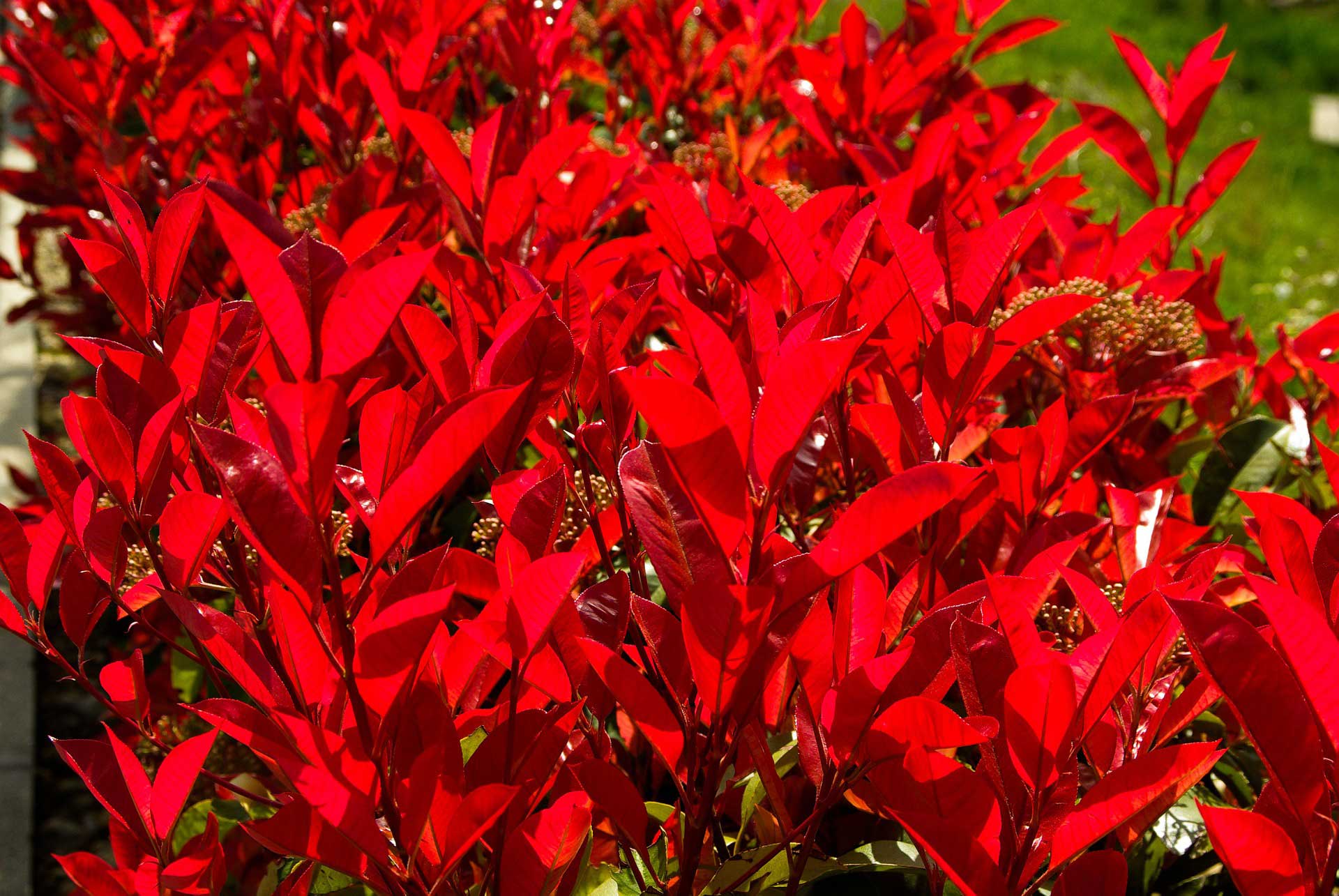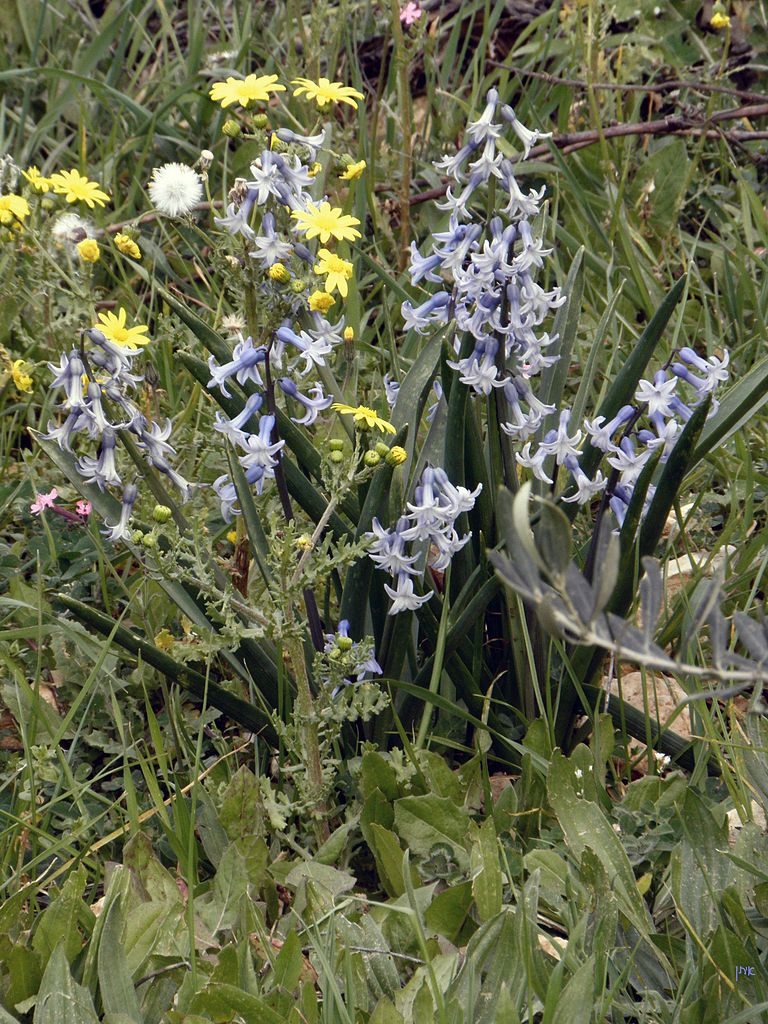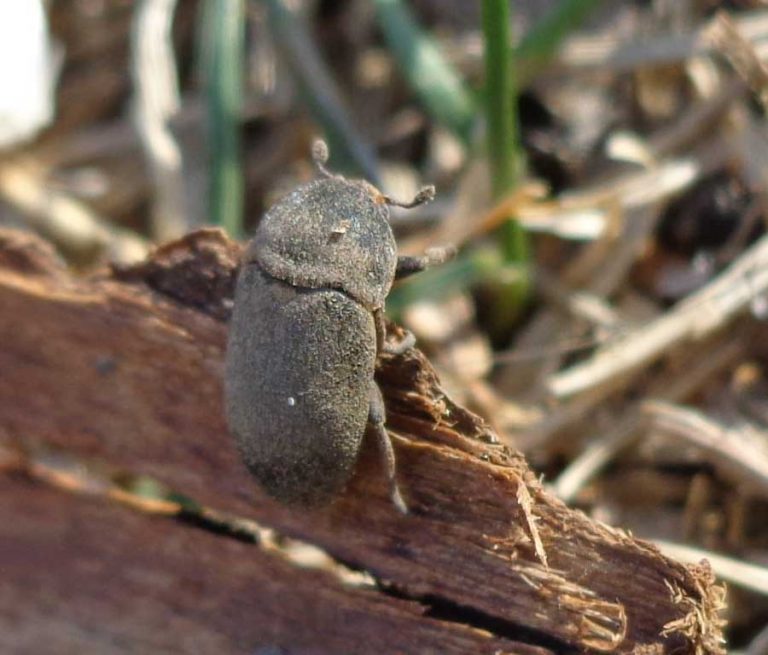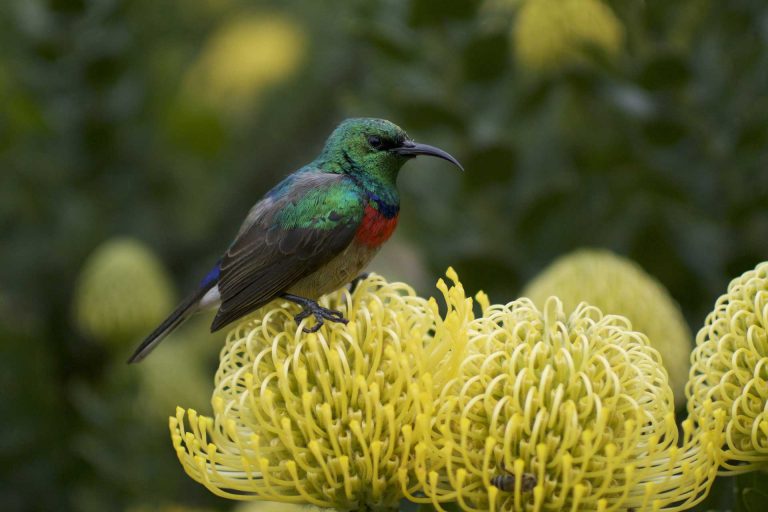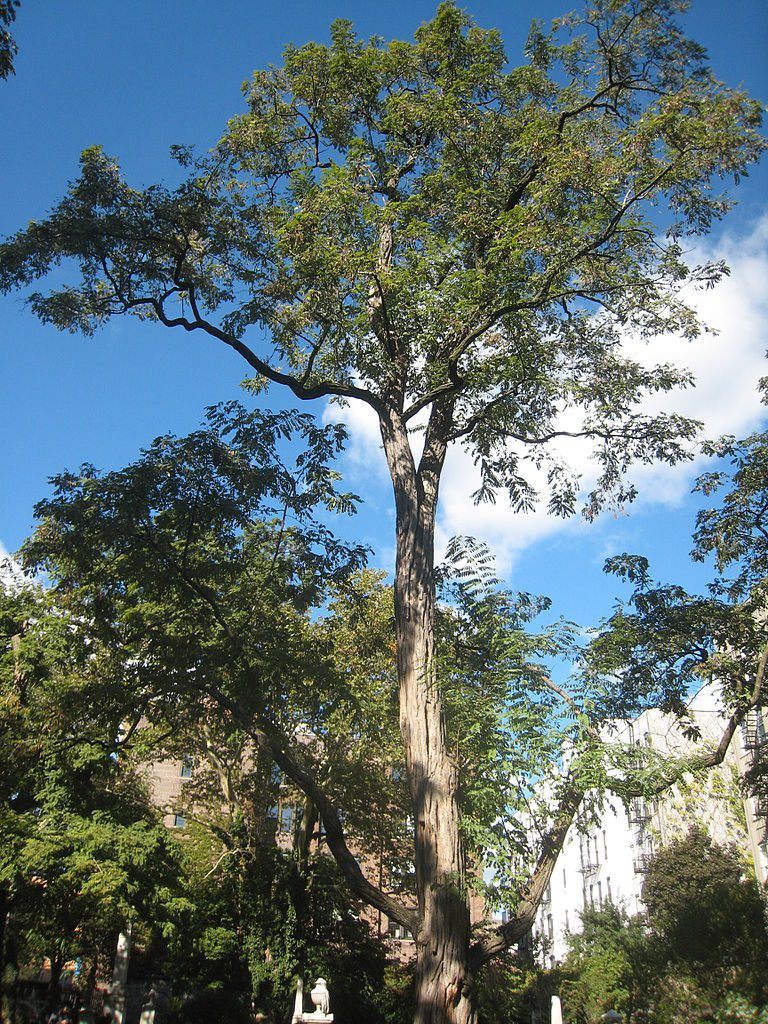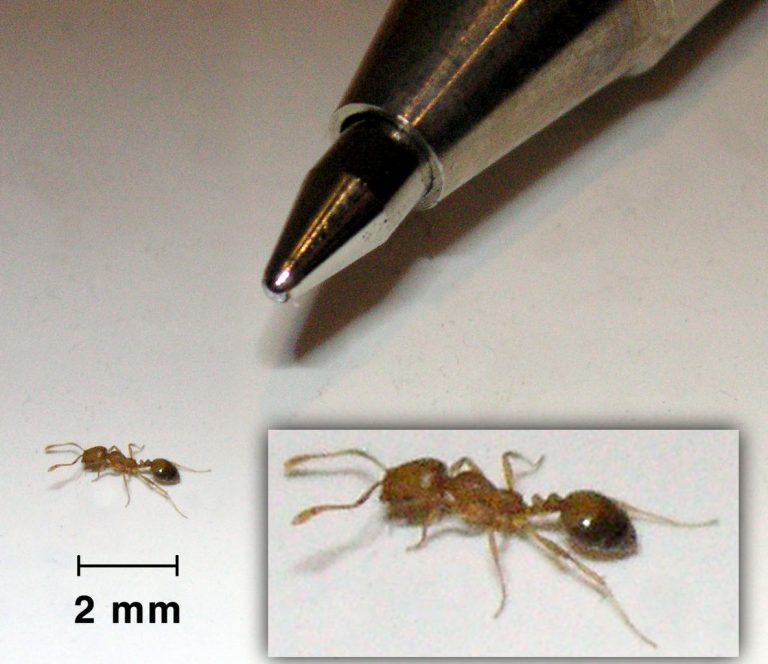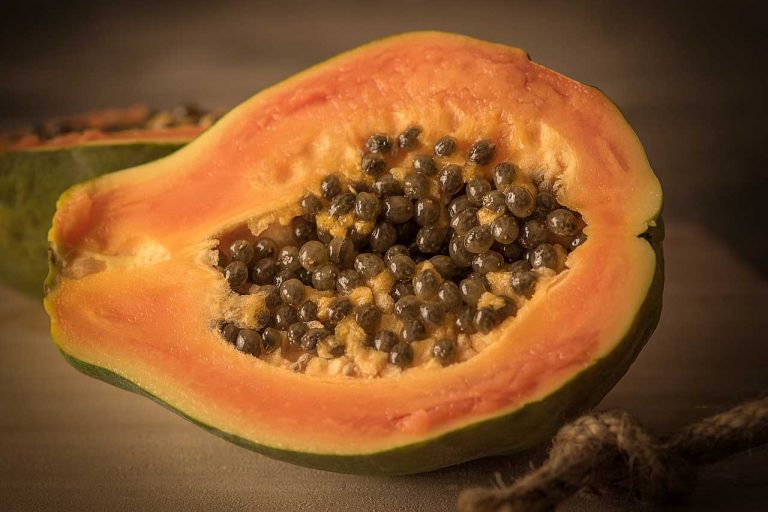Photinia Flowers – Derived from the Greek Word Photeinos, Meaning Shiny
Scientific Classification
| Kingdom: | Plantae |
| (unranked): | Angiosperms |
| (unranked): | Eudicots |
| (unranked): | Rosids |
| Order: | Rosales |
| Family: | Rosaceae |
| Subfamily: | Amygdaloideae |
| Tribe: | Maleae |
| Subtribe: | Malinae |
| Genus: | Photinia |
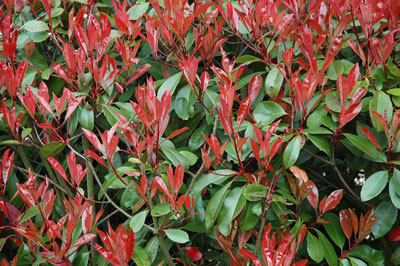
Photo by: Wouter Hagens
Photinia is a variety of plant comprising of 40 to 60 species of large shrubs and small trees, but their scientific classification has, as of date, differed to a great extent, with the genera Stranvaesia , Heteromeles and Aronia occasionally included in the genus Photinia. They partially belong to the rose family (Rosaceae) and have a relationship with apple. According to the variety, the botanical name Photinia comes from the Greek word Photeinos, meaning shiny, referring to the leaves which are always shining. The Majority of this variety is evergreen, although you can also see some deciduous species.
Anatomy
Photinias characteristically grow to a height of 4-15 m, with a normally asymmetrical circlet of angular branches that normally do not have thorns. The fine tooth shaped leaves assemble in alternate manner; based on their species they vary in length from 3 to 25 cm and in width from 1.5 to 5 cm. Most of the varieties are evergreen even though others are deciduous. The Photinia flowers bloom in the beginning of summer in thick terminal corymbs; the diameter of a single flower is 5 to 10 mm, with five white rounded petals; they emit a gentle hawthorn fragrance. The fruit is a tiny pome, bright red 4 to 12 mm in diameter, growing in great numbers. They mature in the fall and mostly continue into the winter.
How to Cultivate Domestically
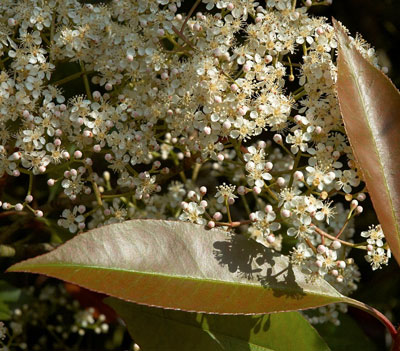
Photo by: Wouter Hagens
Preparation for Planting
Plant your red tipped Photinia in a place where you have a well-drained soil and a bright sunlight and partial shade alternatively. Find a location that will not hinderfresh air circulation to the plants. The ideal soil is one that is partly clayey to loamy. If the soil is highly clayey, change it.
Planting
- To plant Photinia Flowers make a hole that is double the potted plants depth and width. In case you are planting a cutting that has roots, make a hole of 12” in depth and width. Fill back the hole to its half and alter the soil configuration if necessary. If you have light clayey soil, add about 25% organic material and in heavy clay soil, add up to 50% organic matter. You can use compost, commercial products, or leaf mold as the organic matter. In case you have plans for multiple Photinia, make a hole that is at least 3 feet distance from one another or better still, because they grow wild, separate them by a distance of 6 to 8 feet and give provision for spreading
- Transplant the shrub from the pot to the soil. While planting them in the soil, retain the top soil of the potted plant in level with the ground. If necessary, remove or add soil to keep up the level. In case you decide to plant a rooted cutting, maintain the ground level at the meeting point of the stem and roots
- Fill back the hole to a finish
- Water thoroughly first and then, then in the absence of rain, water the ground at intervals of seven to ten days, from spring to fall for the first two years
Placement and Watering
Keep the potted Photinia outside in light shade. To preserve the humidity around the plant, mist the rooting and cutting moderately every day. Keep away from watering the leaves, water only at soil level. Once the shrub has fully bloomed, water the plant after a couple of weeks regularly or when at a touch you feel the soil is dry. Never water the soil in excess.
Flowering Period
The flowering period is in April and May.
After Bloom Care
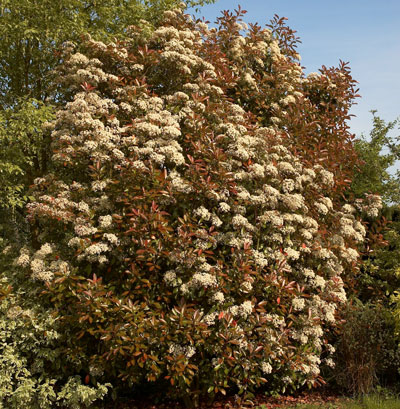
Photo by: Wouter Hagens
Once the Photinia flowers have faded, prune the plants every year. In order to retain the desired shape, cut off the new growths or clip off parts of them. If you see spots on the leaves it shows a sign of fungus “leaf spot”. In order to impound the fungus, cut away the leaves or branches affected by this spot including those leaves that have fallen on the ground.
As Cut Flower
Most people plant Photinia as a hedge plant in a large area. Photinia has a great reputation for its bright bronze-red fresh growth and fresh flowers. This shrub, always fresh and green, grows to a maximum height of 10 to 15 feet and spreads its branches five to ten feet around.

Having discovered a fondness for insects while pursuing her degree in Biology, Randi Jones was quite bugged to know that people usually dismissed these little creatures as “creepy-crawlies”.

